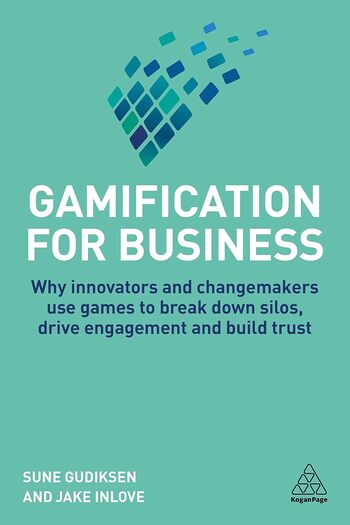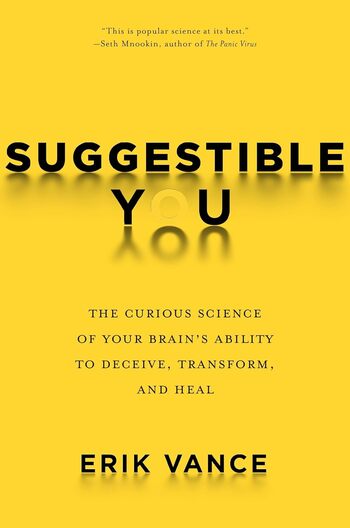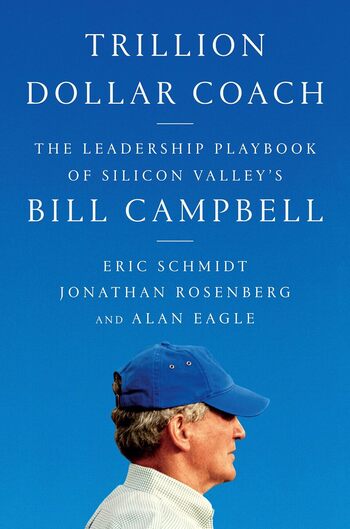
The book explores the nature of dishonesty, examining why people lie and cheat, even when they know it’s wrong, and how they rationalize their behavior to maintain a self-image of integrity.
Main Lessons
- Our decision to lie isn’t purely rational; emotions and unconscious factors play a huge role.
- Even from a young age, humans and other species use deception for attention and survival.
- Common myths about lying are debunked, like assuming shifty eyes indicate deceit when they may only signal nervousness.
- The ‘Fudge Factor’ describes the mental balance between benefiting from a lie and maintaining a positive self-image.
- Simple reminders of morality, like honor codes or oaths, can reduce dishonest behavior.
- Creativity, not intelligence, is often used to justify or enhance deceptive actions.
- Cheating is more likely when there’s a psychological distance from money, such as using tokens instead of cash.
- Observance, or even perceived observance, can deter dishonest behavior, emphasizing the need for accountability.
- The ‘What The Hell Effect’ explains how small lies can escalate into larger ones if unchecked.
- Transparency and explicit communication about honesty reduce dishonesty in professional and personal interactions.
- Understanding our own ‘fudge factor’ behaviors helps in curbing our tendencies to justify minor dishonesties.
- Cultural contexts don’t significantly affect the propensity to lie; it’s more related to individual circumstances and pressures.
- Professions like banking see more dishonesty due to the nature and temptations of financial manipulation.
- Despite prevalent dishonesty, the intrinsic desire to be seen as good can be a powerful motivator towards honesty.
- Acknowledging and addressing minor dishonesty early can prevent major deception and building a culture of trust.








